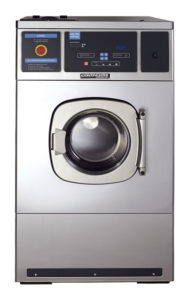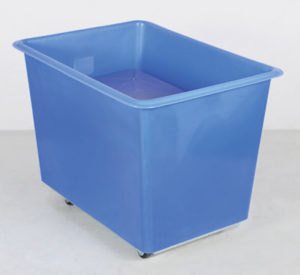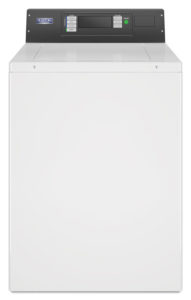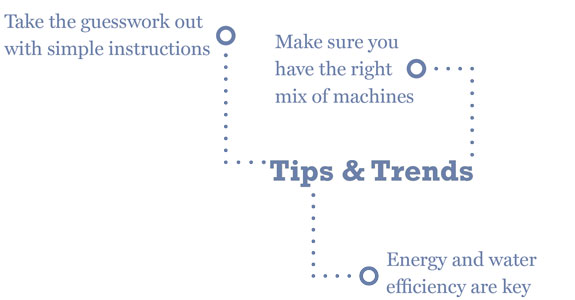On-premises laundries are still facing efficiency, environmental and space challenges despite technological advancements in the field over the years. Continued advancement on the technology front is needed to reduce error, maintain consistency and reduce overall laundry spend.

Continental Girbau Inc. added a 33-lb.-capacity G-Flex Washer to its most advanced line of hard-mount, flexible-speed washers. The G-Flex line now includes 33-, 40-, 55- and 70-lb. capacity models
“Technology has become a substantial component to laundry equipment of today,” said Bill Brooks, North American sales manager at UniMac. “Laundry management systems are now able to be the eyes and ears of the operation when the manager isn’t on site. For years, hotel general managers have been receiving daily reports from most every department to get a view of how the property is running. With laundry management systems and networked equipment, managers can gain a view of this back-of-house operation.”
Rick Murphy, sales manager for Maytag Commercial Laundry, agreed: Technology is continuing to drive innovation in the space. “In general, technology is very important to laundry operations, and it is essential for maintaining consistency, reducing error and maximizing efficiency,” he said. For owners and operators, improving staff efficiency is key to savings.
Dan Rodriguez, national sales manager at MODRoto, a manufacturer of rotomolded plastic products for the laundry industry, said, “Many laundries are looking at ways to utilize advancements in technology to automate their production process and significantly reduce their overall labor costs.”
These savings impact a property’s bottom line, its labor costs specifically. “Did you know approximately $.50 of every dollar spent on a laundry operation goes toward labor?” Murphy asked. “A simple way to maximize staff efficiencies, while helping to reduce overall laundry spread, is to implement simple instructions with one-touch, pre-programmed cycle selections for a variety of load types. Bottom line: Take the guesswork out.” Savings will add up over time.

The entire line of MODRoto’s 39 Series utility trucks is available with the company’s ergonomic, spring-loaded platform, which rises to reduce bending and reaching, increasing staff efficiency.
Having inefficient equipment can impact employee turnover, which is a major headache for managers. “If management doesn’t have a window into where the problems might exist, they can’t help retrain, fix processes and increase job satisfaction,” Brooks said. “Consider that something as simple as under loading a washer by just 20% means two extra loads per day and two hours of additional staff time.”
“Every facility and its needs are different,” Murphy said. “It’s important for owners and operators to do their homework to make sure they have the right mix of machines. For instance, knowing how many hours the equipment will operate daily can help determine where larger or small equipment will ensure a smoother, more efficient laundry operation.”

The Maytag Commercial Laundry Top-Load Washer offers dependability, serviceability and flexibility, according to the company. Assembled on a dedicated production line, the machine is engineered with a powerful drive system, deep-water wash system and intelligent controls with M-Series Technology.
Decisions on equipment size are front and center when space is limited, as is the case with many on-premises laundries. “We consistently hear our customers complain about the challenge associated with maximizing limited space to accommodate their product needs,” Rodriguez said. “That’s one reason we developed a number of different ergonomic spring platform carts that can fit in even the most limited laundry space. Most are also designed to nest and stack to save space when not in use.”
Energy- and water-efficient equipment is also another trend in the industry. As owners and operators become better informed about equipment options and understand their impact on the environment, as well as laundry operation efficiency, they are demanding more from manufacturers. New technology is assisting properties with eliminating waste and tackling green-centered initiatives.
“Two of the most important developments of late in the laundry equipment industry have been over-dry prevention technology for tumble dryers and laundry management systems,” Brooks said. “Both have the ability to make instant and significant impacts… Over-dry prevention technology enables the operation to dry loads to a set moisture level and shut the dryer off. It essentially eliminates over-drying, which wastes labor, gas and degrades linen, reducing their useful life.”


